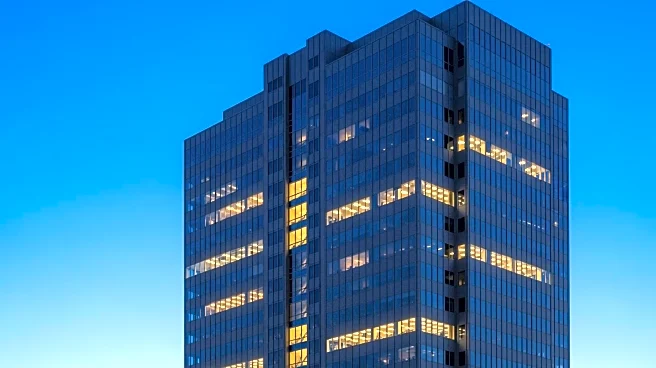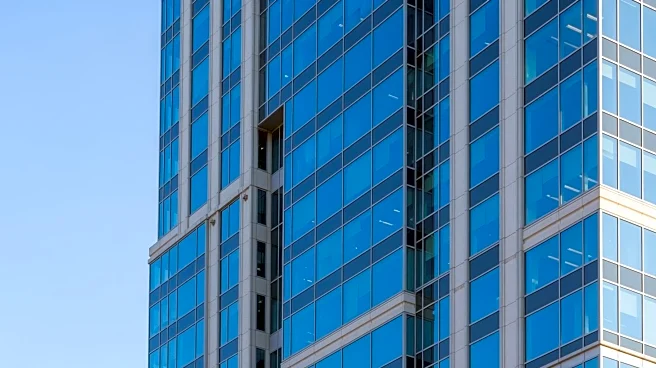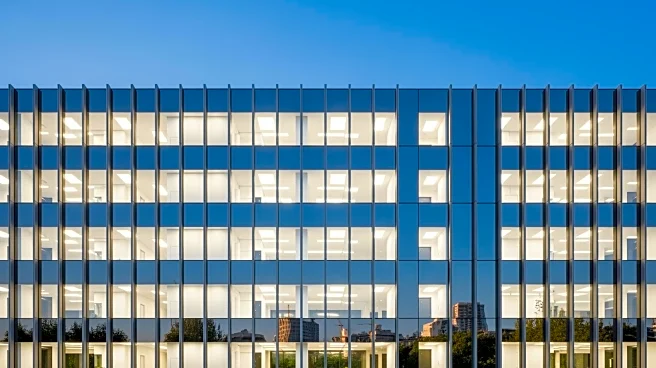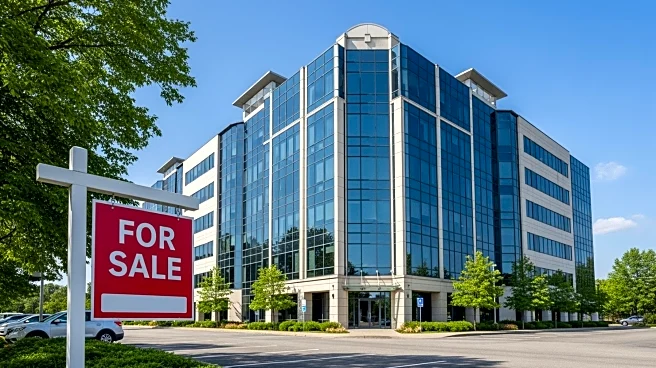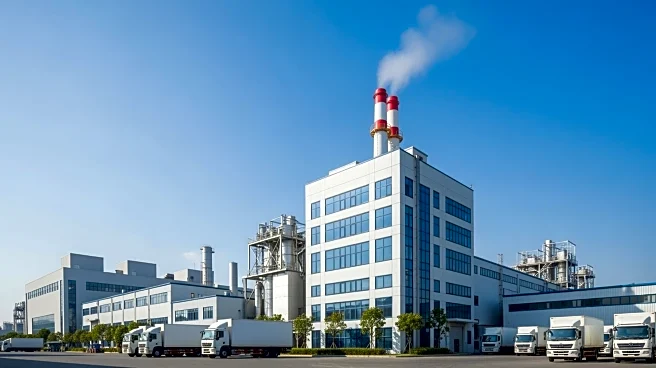What's Happening?
The U.S. office market is experiencing a resurgence, entering a growth cycle after a prolonged period of high vacancy rates. According to JLL's Q3 office market dynamics report, national office vacancy rates have
decreased for the first time since early 2019, dropping to 22.5% by the end of the third quarter. Leasing activity has reached 82% of pre-pandemic levels, with gross leasing volume increasing by 6.5% quarter over quarter to 52.4 million square feet. This growth is attributed to stabilizing demand and expanding office footprints, despite minimal new construction. The report highlights that 18 markets have surpassed pre-pandemic leasing activity, and seven markets have returned to more than 90% of pre-pandemic levels. The decline in vacancies is seen as a sign of recovery, with large-scale transaction activity returning to the market.
Why It's Important?
The decline in office vacancy rates and the increase in leasing activity signal a potential recovery in the U.S. office market, which has been struggling since the onset of the COVID-19 pandemic. This development is significant for the commercial real estate industry, as it suggests a stabilization of demand and a shift away from the pandemic-driven downsizing cycle. The resurgence in leasing activity, particularly for large transactions, indicates renewed confidence among businesses in the office market. This trend could lead to increased investment in office properties and potentially higher rental rates, benefiting landlords and investors. However, the limited availability of new, high-quality office space may drive up rents in lower-tier segments, impacting businesses seeking affordable office solutions.
What's Next?
As the office market continues to recover, stakeholders will likely monitor the impact of return-to-office mandates and the availability of new office space. The shift towards more stringent attendance policies by major companies could further drive demand for office space, potentially leading to increased competition for available properties. Additionally, the continued scarcity of new, high-quality office space may prompt developers to consider new construction projects to meet demand. The market will also need to address the challenges of balancing supply and demand, particularly in lower-tier segments where rental rates are rising.
